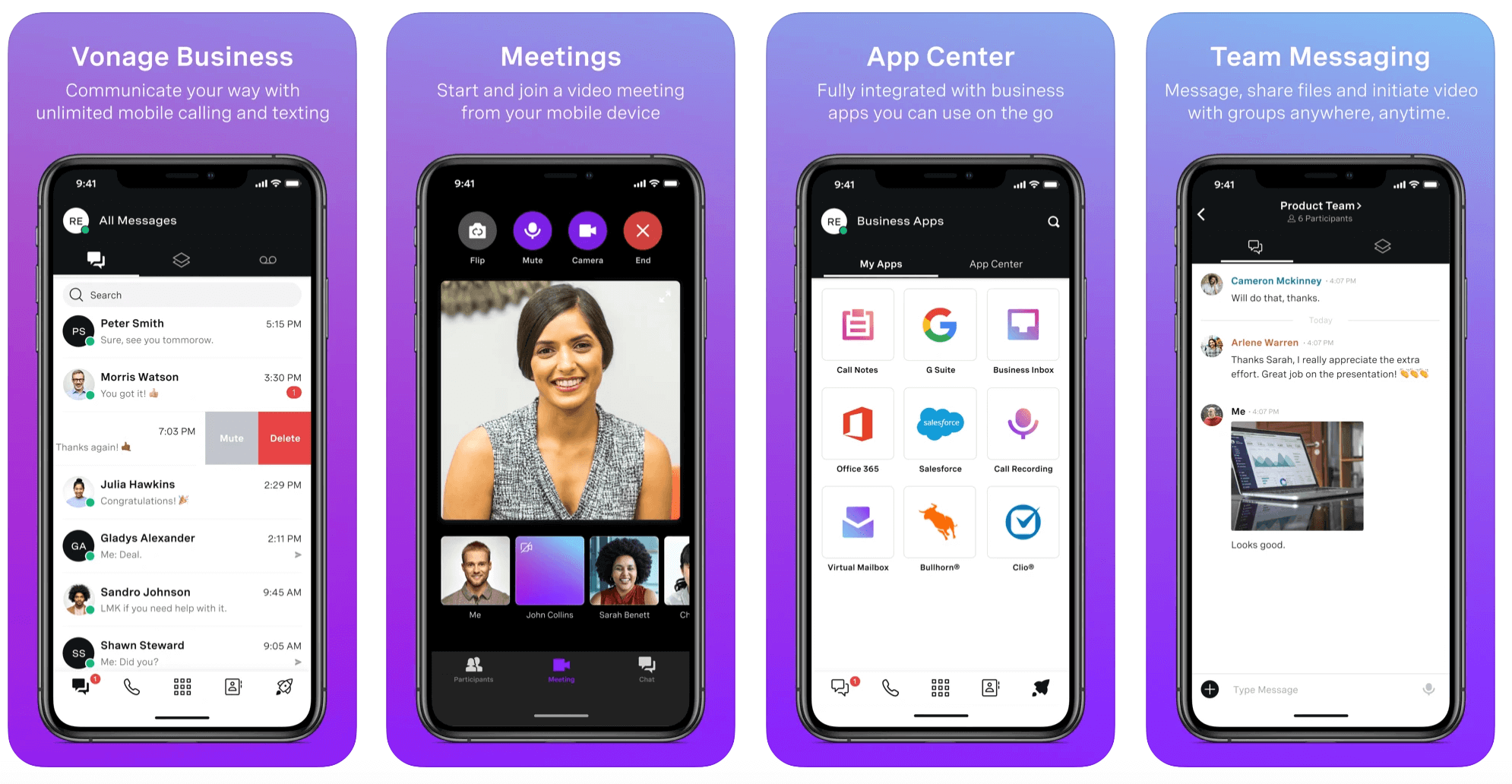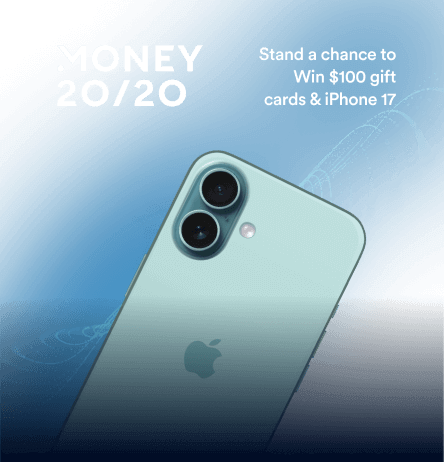Delivering a superior customer experience is like competing in the decathlon—you need to be agile and face a multidisciplinary challenge played out over time, across channels and scenarios.
But the winner doesn’t just take the gold home once. Excelling in customer experience has a cumulative effect that has been found to propel performance. A study of the total stock returns for the 10 best and 10 worst performers tracked in the Forrester Customer Experience Index, by customer experience consulting firm Watermark Consulting, reveals startling results: The Customer Experience Leaders performed nearly 4x better than the laggards.
Clearly, a great customer experience helps build business value, while a poor customer experience erodes it. But the real benefit, the report concludes, is the measurable and positive impact on revenues.
As the report puts it: “Happy, loyal customers have better retention, they’re less price-sensitive, and they’re more willing to entertain offers for other products and services—all helping to raise revenue.” Another boost is brand love that fosters advocacy and spreads positive word-of-mouth. Satisfied customers refer new customers to you, lifting revenue even higher.
To win the race—and the ultimate prize of customer love and loyalty—brands must design outstanding, effortless, and relevant experiences. Moreover, recent research from Vonage shows that mode of communication is an increasingly critical part of the equation.
While you have no doubt already integrated SMS and email into your communications toolbox, Vonage observes that more and emerging channels are making their way into your customers’ repertoires. 
Reach Your Customers the Right Way
One channel that has exploded into the mainstream is video chat. Since the outbreak of COVID-19, Vonage reports traffic on the platform has “surged with total video minutes in March 2020 increasing by 232% over February 2020.” The numbers since then have skyrocketed.
Even with the explosion of channels to suit how customers want to communicate in times of accelerated and enduring change, Vonage reports customers are not happy with the choices they have. Roughly half of customers say they are frustrated that there “aren’t enough options to connect in ways that suit their needs.” It would appear that being able to offer more channels is better. But being able to reach your customer via the channels they prefer is best.
Appearing as a guest on the Reimagine Growth podcast series, Kyle Riordan, Vonage senior product marketing manager, explores the report’s key findings and shares examples of how innovative businesses use communication APIs to transform customer journeys.
“It’s all about enabling our customers to provide their customers communication paths that go beyond voice and video,” Riordan says. And it’s vital for companies to deliver differentiated experiences and “embed them within their overall engagement strategy so that a customer’s natural engagement with a brand, whether that’s happening in person or in the digital realm, feels completely natural.”
Why Omnichannel Is Just the Start
Customers now expect to perform services and engage with businesses on-demand, in mobile apps, wearable devices, or online platforms across various channels, Riordan explains. “Reimagining your customer journey with digital communications requires you to have a clear picture of the world your customer operates in.”
Today, the customer experience unfolds over time across many scenarios, touchpoints, and communication channels, Riordan says. Whether they are booking or buying, customers expect to get stuff done in just a few taps. Moreover, they want on-demand support and updates in different contexts as they move through every step of the journey.
“Having an omnichannel experience isn’t enough,” Riordan says. “That’s where some of our partners come in, like CleverTap, that can really offer enrichment within those channels, leveraging customer data and customer interactions to guide more personalized experiences with the users.”
Companies that consistently meet customers’ needs to engage on multiple channels retain 89% of their customers, compared to 33% for those that fall short. It’s a benchmark Riordan says is well worth aiming for. Still, it demands companies do more than follow a strategy to map and personalize communication according to where consumers are in the journey and the tasks they want to achieve in the moment.
Brands and businesses also need the technology to automate and customize communications and interactions to the actions and events that matter most for consumers. It’s important to have the capabilities to add channels like voice, video, and messaging into any application or service.
“Across all industries, everything from media and marketing-based companies to healthcare and financial services companies that are small start-ups to large scale enterprises, we see them moving towards an API-based communications strategy that enables them to automate, customize, and personalize customer experiences at scale,” he adds. “APIs are fundamentally the glue that can hold together an omnichannel experience and allow you to differentiate from your competition in the digital realm.”
And for many interactions, customers don’t just prefer channels personalized to their individual needs and the tasks they want to accomplish, Riordan says. They also expect automated interactions to be highly personalized. This is where chatbots and AI-powered virtual agents can enhance the customer experience and add the personal touch consumers crave.
Solving the Puzzle of Preference
What channels do your customers prefer? There is no single answer.
However, Vonage’s research into customer communications and channel preferences provides a fresh perspective. The findings of the 2020 survey of 5,000 consumers breaks down data by country, region, gender, age, and channel to guide marketers.
Among the findings:
- Consumers call businesses using chat apps. In total, 43% of consumers in Brazil prefer WhatsApp, compared to 48% of consumers in Indonesia. In Japan, 28% of consumers prefer Line. In the U.S., 13% of consumers prefer messaging apps, with Facebook Messenger (8%) coming in ahead of WhatsApp (5%).
- Messaging is a mixed bag. Nearly 70% of consumers in Brazil and Mexico prefer to connect with businesses using WhatsApp over any other messaging channel. While
around 40% of consumers in the U.K., U.S., Canada, and Australia prefer SMS. In addition, 15% of consumers in the U.S. also prefer iMessage, more than any other country, while 26% of consumers in Canada also prefer Facebook.
- Push and email lead the pack in some markets. In Germany, 30% of consumers prefer email, while only 6% of consumers in China do. When receiving a live status update about a product or service, 23% of consumers in the UAE prefer push notifications—3.8x more than those in Japan (6%).
It’s an interesting distribution that underlines what Riordan says is the new normal for marketers. “You need to be everywhere in terms of customer channels and engaging with them across the spectrum of communications opportunities.” His advice: “Don’t start with engineers and just build channels for the sake of (having) channels. The starting point has to be your customer … and their interactions.”
The Takeaway
TL;DR
Providing the information customers appreciate using the appropriate channels, customized to their individual journeys and in the context of the customer experience is the way to win gold and keep it.
In terms of communications, channels beyond email are gaining popularity. Video chat in particular has exploded into the mainstream. Nonetheless, customers are still frustrated that there aren’t enough options to connect in ways that suit their needs.
Companies must deliver differentiated experiences that make the customer’s engagement with the brand feel completely natural. It’s also critical for brands to leverage customer data and customer interactions to create more personalized experiences with users.
Brands and businesses also need the technology to automate and customize communications and interaction and add channels like voice, video, and messaging into any application. But know that customers expect even automated communications to be personalized.
To learn more about how Vonage is reimagining growth, tune into the entire interview.
Listen to “How Vonage Is Reimagining The Omnichannel Customer Experience With Personalization” on Spreaker.

See how today’s top brands use CleverTap to drive long-term growth and retention
Subharun Mukherjee 
Heads Cross-Functional Marketing.Expert in SaaS Product Marketing, CX & GTM strategies.
Free Customer Engagement Guides
Join our newsletter for actionable tips and proven strategies to grow your business and engage your customers.














































